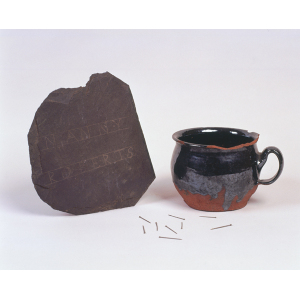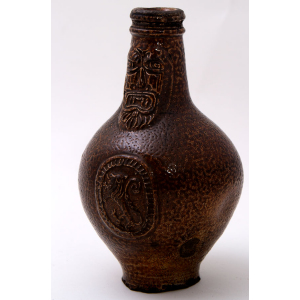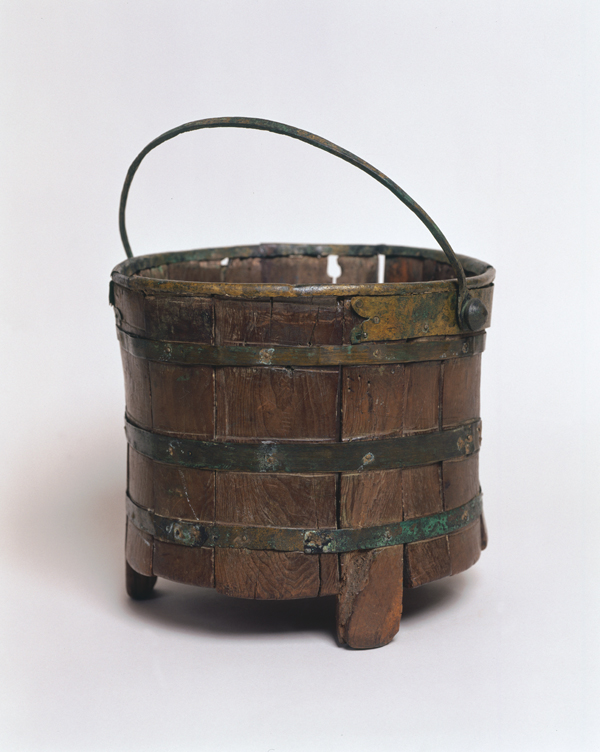With Halloween (Calan Gaeaf) fast approaching, let’s delve into the rich history of this spooky holiday, particularly in Wales. Traditionally celebrated on November 1st, the start of winter, this time of year represents both death and rebirth. The vibrant colours of nature begin to fade, and a chill hangs in the air, signalling the arrival of a new season. The end of the harvest was a time to reflect on the bounty of the land. To Express their gratitude, Welsh people would gather for a special supper called Stwmp Naw Rhyw, a mouth-watering feast of root vegetables like carrots, parsnips, potatoes, turnips, and leeks. Legend has it that the nine essential ingredients would ward off evil spirits, and sometimes even a lucky wedding ring would be hidden in the mix! But that’s not all – during Calan Gaeaf, the veil between the physical and spiritual worlds is at its thinnest, allowing communication with those who have passed away. This season is filled with countless souls, including the protective White Lady, who watches over graveyards and crossroads, and the terrifying spirit known as Hwch Ddu, who lurks in North Wales.
Step right up and feast your eyes on Storiel’s collection of eerie objects!
Get ready to be spooked by the likes of a Pipkin used for cursing, discovered in Holyhead with the bones and skin of a frog and 40 pins stuck in it! But beware, lifting the curse would prove impossible if the frog had burnt or drowned. Or marvel at the Bellarmine Jug, found near Bangor Cathedral, which is believed to contain evidence of witchcraft, including urine and animal bones! But perhaps the most unusual find is the pagan symbol-adorned bucket, representing the emergence of Gwynedd and Christianity. And that’s just a taste of the spine-tingling treasures in store for you at Storiel!



